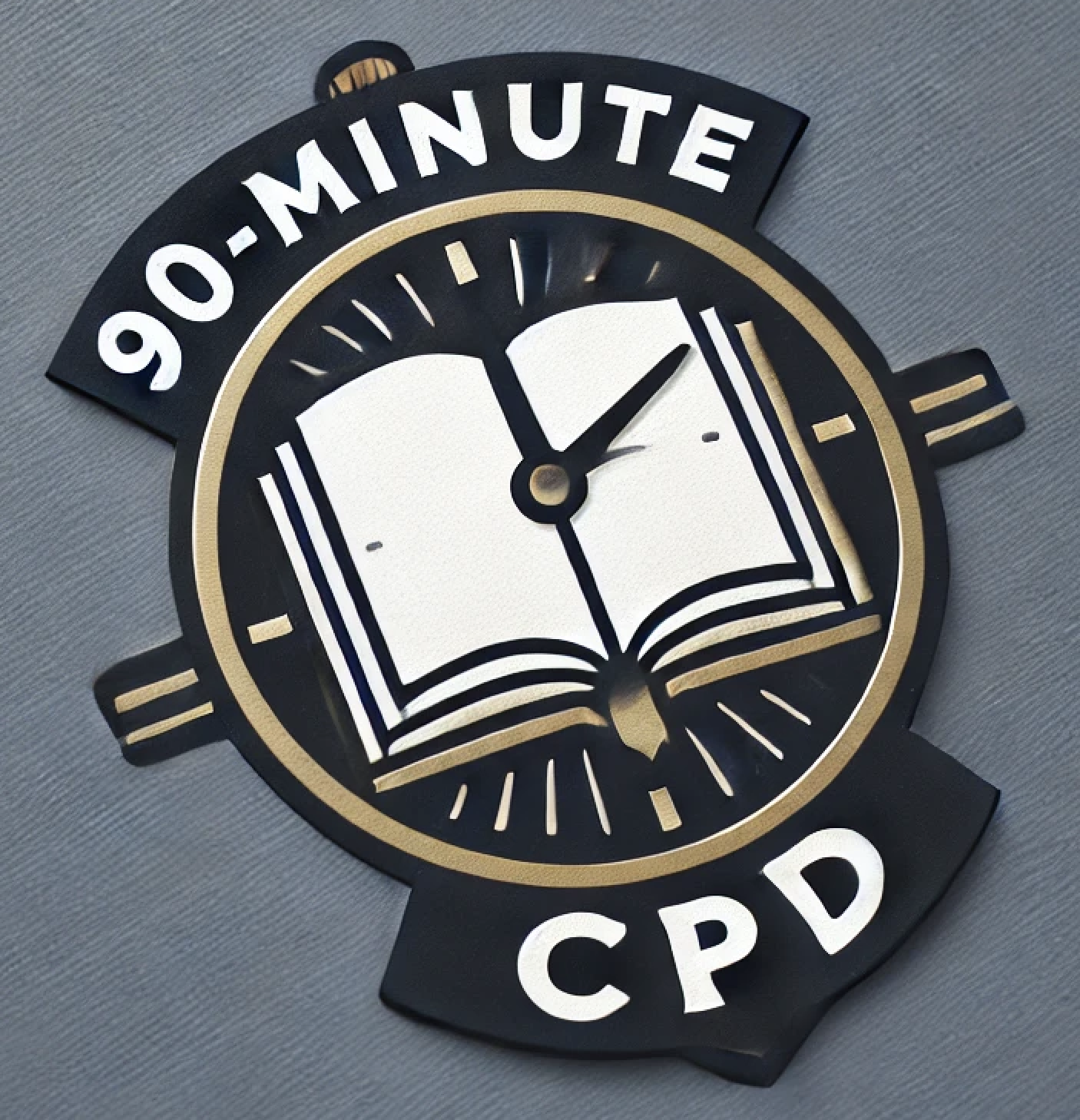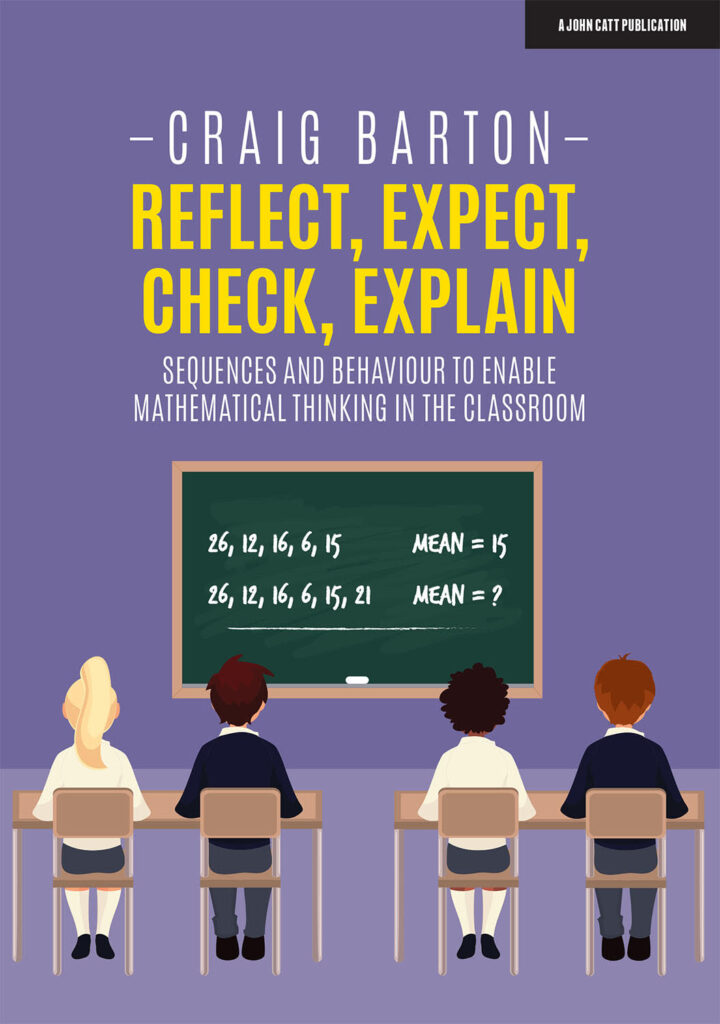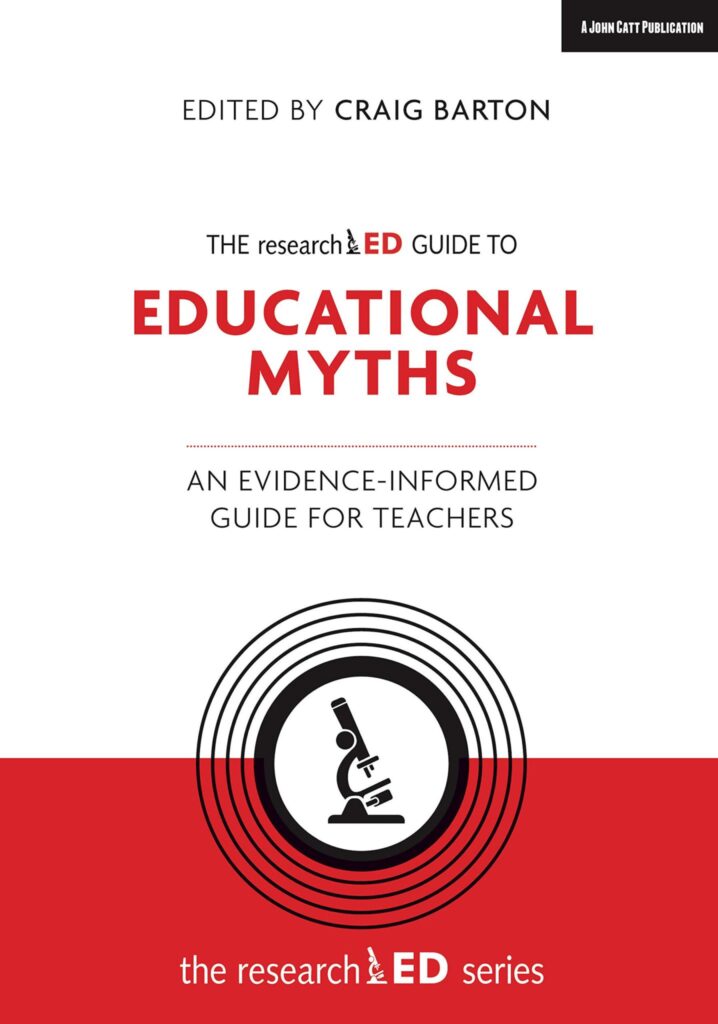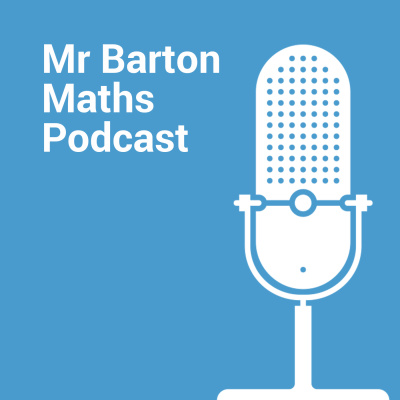
- Title: Using interleaved practice to foster spelling acquisition
- Authors: Marina Klimovich, Tobias Richter
- Access the original paper here
- Listen to a deep-dive podcast:
Paper summary
This research paper explores the effectiveness of interleaved practice compared to blocked practice for German third graders learning spelling rules, particularly those that are easily confused. The study found that interleaved practice led to fewer spelling errors immediately after training and in a follow-up test eight weeks later, especially benefiting children with average to high prior knowledge. While interleaved practice was perceived as more difficult and resulted in more errors during the practice phase, these characteristics align with the concept of desirable difficulties which promote long-term retention. The authors suggest that interleaving can be a valuable instructional method for literacy acquisition when applied to highly similar concepts.
If teachers are to remember one thing from this study, it should be…
Interleaved practice is a promising approach to boost the acquisition of spelling rules, particularly for lasting learning and among children with average to high prior knowledge
***Paper Deep Dive***
Define any technical terms used in the paper
Based on the sources provided, here are definitions for some of the technical terms used in the study:
Power (statistical): Refers to the probability of detecting a significant effect if one truly exists. The study calculated the required sample size to achieve a certain power (0.90).
Interleaved practice or Interleaving: This is an instructional method where exemplars from different categories are mixed during practice. This is contrasted with blocked practice. In this study, it involved mixing words from different but similar and easy-to-confuse spelling rules within the practice sessions.
Blocked practice or Blocking: This is an instructional method where exemplars from one category are learned at a time. In this study, the training session was arranged in distinct blocks, with each block containing words that illustrate the same spelling rule. For example, words with “i” were practiced first, followed by words spelled with “ie”.
Lasting learning: This refers to learning that leads to knowledge retained over longer periods, such as several weeks after the learning episode. The study examined the effects of interleaving on lasting learning by including a follow-up test 8 weeks after the last learning session.
Inductive learning: This is a process where children deduce rules and regularities through repeated exposure to various examples during writing practice. The study’s practice phase followed an inductive learning process. The sources also suggest that induction might benefit from both blocked and interleaved schedules and that interleaving can be effective for induction.
Desirable difficulties: These are instructional methods that increase the difficulty of the learning process while promoting lasting learning and transfer of the material. Interleaving is classified as a desirable difficulty. Not all forms of difficulty are beneficial; desirable difficulties specifically elevate intrinsic cognitive load to stimulate cognitive processes conducive to long-term retention. They often lead to poorer performance during training but enhance long-term outcomes.
Sequential attention theory: This is an attention-based account that proposes interleaving enhances the detection of differences between categories. It further states that a blocked presentation of exemplars enhances the detection of similarities within a category. This theory suggests interleaving is particularly advantageous when learning categories that are difficult to discriminate (i.e., high between-category similarity).
Discriminative contrast hypothesis: An attention-based account, extended by sequential attention theory, that proposes the interleaved presentation of exemplars facilitates the detection of differences between categories. Maintaining discriminative contrast was shown to lead to better learning. This principle is supported by the finding that interleaving effects are more pronounced as the similarity between categories increases.
Spacing effect: This denotes the finding that distributing practice sessions over time, as opposed to massing them, leads to enhanced long-term retention, despite the overall identical duration of practice. Interleaving inherently incorporates spacing, and similar cognitive mechanisms, such as strengthening memory traces through retrieval or using different encoding strategies, may contribute to both effects.
Metacognitive judgements: These are learners’ perceptions about their learning process. In this study, they included perceived learning difficulty and predicted learning success, assessed after each training session using Likert scales.
Metacognitive illusion: This occurs when learners misjudge the effectiveness of certain learning strategies. For example, learners often perceive blocking as more effective than interleaving, despite objective learning gains showing the opposite.
Prior knowledge: This refers to children’s existing knowledge related to the learning material. In this study, it specifically refers to children’s prior knowledge of word spellings that corresponded with the spelling rules trained. It was measured during the pretest.
Near-transfer: This refers to new words not practiced during training but which incorporate the same spelling rules. The study assessed learning outcomes for these words in both immediate posttests and the follow-up test.
Trained words: These are the words that were explicitly practiced during the training sessions. The study assessed learning outcomes for these words in both immediate posttests and the follow-up test.
Practice performance: This was measured as the probability of spelling errors children made during the training sessions. The first attempt at each item was evaluated.
Session-specific spelling skills: These were assessed using variants of error-detection and short dictation tasks to measure prior knowledge and learning outcomes in post- and follow-up tests.
Error-detection tasks: Tasks where children were required to identify misspelled words. The score was determined by subtracting correctly identified misspelled words from the number of actual misspelled words plus false alarms (correctly spelled words marked as incorrect).
Dictation tasks: Tasks where children were required to write words or sentences. The performance score was determined by the number of misspelled words.
Associative learning: Mentioned as forming associations between words and their spellings based on surface features. The study suggests this might have occurred for children with low prior knowledge during interleaved practice, but they struggled to consolidate the underlying principles.
Transfer: Refers to the application of learned knowledge or skills to new situations or materials. In this study, it refers to applying the learned spelling rules to new, untrained words (near-transfer). The study found near-transfer benefits after a delay with interleaved practice.
Consolidation: Refers to a process where knowledge or rules become more firmly established. The study suggests children might have needed additional time for the learned rules to consolidate before they could apply them to new words in the immediate posttest.
Preregistered study: The study protocol, including hypotheses and methods, was registered beforehand on a platform (https://aspredicted.org/BZH_BTC).
Exploratory analysis: Analyses conducted in the study that were not preregistered. For example, the analysis of practice performance based on training condition, prior knowledge, and position of practice unit was exploratory.
What does this paper add to the current field of research?
Based on the sources, this paper makes several contributions to the current field of research regarding learning and instruction, particularly concerning interleaved practice and spelling acquisition in elementary school children.
Here are some key aspects the study adds:
- Evidence for Interleaving with Verbal Materials: Prior research on interleaved practice with verbal materials had shown mixed results, with some studies reporting positive, negative, or no significant effects. This study provides empirical evidence that interleaved practice can be effective for learning verbal materials, specifically complex spelling rules in German. It suggests that the high similarity and easy confusability of the spelling rules used (e.g., capitalization, single/multiple consonants, ‘i’ vs. ‘ie’) were conditions under which interleaving is particularly advantageous, supporting attention-based accounts like the sequential attention theory.
- Application in a Real Educational Setting (Spelling): Research on interleaving in “real educational settings” and specifically in the context of spelling instruction is scarce. This study addresses this gap by conducting a preregistered classroom experiment with German third graders, demonstrating the practical application and effectiveness of interleaved practice for a fundamental literacy skill like spelling acquisition.
- Focus on Lasting Learning and Transfer: Much prior research had not fully explored the potential of interleaving for “lasting learning,” defined as knowledge retained over longer periods like several weeks after the learning episode. This study explicitly examined outcomes in an 8-week follow-up test. While there was only an immediate benefit for trained words right after practice, the study found that the benefit of interleaved practice persisted for trained words AND also emerged for new, untrained words (near-transfer) after the 8-week delay. This finding is significant as it indicates that interleaved practice can promote not only long-term retention but also the generalization (transfer) of learned rules to new examples, suggesting it fosters inductive learning. Mixed results for transfer effects with complex verbal materials in previous studies highlight this as a notable contribution.
- Clarification of the Role of Prior Knowledge: Findings regarding the impact of prior knowledge on interleaving effectiveness have been inconsistent. This study provides evidence that, in the context of learning similar and confusable spelling rules, the long-term benefits of interleaved practice (both for trained and near-transfer words) were primarily observed among children with average to high prior knowledge of word spellings. Children with low prior knowledge did not show a significant benefit from interleaving in the long term. This supports the idea that the cognitive demands of comparing features across different categories might be too high for learners with insufficient foundational knowledge, preventing them from fully benefiting. It aligns with research suggesting skilled learners may benefit more from interleaving under certain conditions, while contrasting with others suggesting benefits for less-skilled learners.
- Further Evidence for Interleaving as a Desirable Difficulty: The study adds to the body of evidence classifying interleaved practice as a desirable difficulty. It confirms that, despite leading to better long-term outcomes (for certain learners), interleaved practice is perceived as more difficult by elementary school children, leads to lower predicted learning success, and results in more spelling errors during the practice phase itself, compared to blocked practice. This “harder during practice, better after a delay” pattern is a key characteristic of desirable difficulties.
- Insights into Practice Performance and Prior Knowledge: The exploratory analysis on practice performance provided a nuanced finding: while errors decreased over the practice session for all prior knowledge levels in the blocked condition, only children with high prior knowledge showed improved performance (decreasing errors) during the interleaved practice sessions. This suggests that the comparison processes facilitated by interleaving might only be effectively engaged during practice by learners who already have a solid grasp of the material, further explaining why the long-term benefits were moderated by prior knowledge.
In summary, this paper advances the field by providing robust evidence for the effectiveness of interleaved practice in a common educational domain (spelling), with a specific age group (elementary school children), and demonstrating its positive effects on lasting learning and transfer to new items, while also highlighting the critical moderating role of prior knowledge. It reinforces the concept of interleaving as a desirable difficulty in this context and offers specific insights into who benefits from the strategy during the learning process itself.
What are the characteristics of the participants in the study?
Based on the provided sources, here are the characteristics of the participants in the study:
Consent and Ethics: Parental consent was obtained for all participating children. The study adhered to the ethical standards of the APA and DGPs and received ethical approval from the authors’ institutional review board. Formal authorization was granted by the District Government of Lower Franconia.
Total Number: The study involved 108 children.
Grade Level: All participants were in the third grade.
Age: The average age was 8.72 years (SD = 1.03).
Location: The children were recruited from six classes in Lower Franconia, Germany.
Gender: The sample included 50 girls and 52 boys, with 6 missing values for gender.
Language Background: All children spoke German, and 22 of them spoke an additional language.
What are the key implications for teachers in the classroom?
Based on the sources and our conversation history, here are some key implications of this study for teachers in the classroom:
Initial Instruction is Important: The study included an initial instructional video explaining the spelling rules before the practice phase, aligning with typical classroom practice. This approach ensures students are introduced to the rules before being asked to practice them in an interleaved (or blocked) format and is consistent with studies showing benefits when prior instruction is provided or participants have relatively high prior knowledge.
Consider Implementing Interleaved Practice for Spelling Rules: The study provides evidence that interleaved practice is a useful instructional method to enhance children’s learning outcomes in spelling acquisition. Specifically, when teaching German third graders spelling rules that are different but similar and easily confused (such as capitalization, single vs. multiple consonants, or ‘i’ vs. ‘ie’), practicing words in an interleaved sequence led to better long-term learning compared to a blocked sequence. This suggests teachers should consider incorporating mixing these types of rules during practice instead of teaching one rule exhaustively before moving to the next.
Interleaving Promotes Lasting Learning and Transfer, Especially for Certain Students: The benefits of interleaved practice for trained words persisted after an 8-week follow-up. Crucially, an interleaving benefit also emerged for new, untrained words that followed the same spelling rules at the 8-week follow-up. This suggests interleaving helps children learn not just specific word spellings, but also generalize the underlying rules, promoting inductive learning.
Prior Knowledge Matters for Long-Term Benefits: The study found that the long-lasting benefits of interleaved practice, both for trained words and near-transfer words, were primarily observed among children with average to high prior knowledge of word spellings. Children with low prior knowledge did not show a significant benefit from interleaved practice in the follow-up test. This implies teachers might need to consider students’ existing spelling skills when deciding how to sequence practice.
Be Aware of Interleaving as a “Desirable Difficulty”: Teachers should know that interleaved practice is perceived by students as more difficult than blocked practice. Students also tend to predict lower learning success with interleaving. Furthermore, children are likely to make more spelling errors during the interleaved practice phase itself compared to blocked practice. This pattern—harder during practice but better after a delay (for those who benefit long-term)—is characteristic of a “desirable difficulty”. Teachers can help manage student (and parent) expectations by explaining that this initial difficulty and higher error rate during practice can actually lead to better long-term retention and understanding.
Consider Support for Low-Prior-Knowledge Students: The finding that children with low prior knowledge did not show the same long-term benefits and did not improve during interleaved practice as effectively as those with higher prior knowledge suggests that interleaved practice might be too challenging for them without additional support. While this study didn’t test specific support strategies, the authors suggest that instructional support that guides children’s attention to comparing and contrasting exemplars might be crucial for children with low prior knowledge to benefit from interleaving. Teachers might need to adapt their approach for these students, potentially using more explicit comparison guidance, providing more foundational instruction first, or considering hybrid approaches or longer practice periods.
Blocked Practice May Still Have a Role: While the study advocates for interleaving for long-term retention of similar/confusable rules, the results on practice performance showed that children at all levels of prior knowledge improved (reduced errors) during the blocked practice session. This might be because blocked practice is effective at highlighting similarities within a category. A hybrid approach combining blocked and interleaved instruction is mentioned as a promising, though underexplored, method.
Focus Interleaving on Confusable Rules: The study’s success with interleaving is attributed to using spelling rules that were highly similar and easily confused. The authors emphasize that interleaving benefits are likely limited to situations where comparisons between exemplars are informative. Simply mixing unrelated topics is not expected to enhance learning. Therefore, teachers should strategically interleave concepts or rules that students are likely to confuse.
Why might teachers exercise caution before applying these findings in their classroom?
Based on the sources and our conversation, here are some reasons why teachers might exercise caution before applying these findings in their classroom:
Students’ Metacognitive Misjudgments: Children perceived interleaving as less effective than blocked practice, even though it led to better long-term outcomes for many. This “metacognitive illusion” can make students resistant to using the strategy. Teachers implementing interleaving might need to actively educate students about desirable difficulties and explain why interleaving feels harder but can lead to better long-term learning.
Prior Knowledge Moderation: The study found that the long-lasting benefits of interleaved practice (for both trained and new words) were primarily observed among children with average to high prior knowledge of word spellings. Children with low prior knowledge did not show a significant benefit from interleaved practice in the follow-up test. This suggests that interleaving might not be effective for all students, particularly those who are already struggling with foundational spelling skills, and might require alternative or supplementary support for these learners.
Increased Difficulty and Errors During Practice: Interleaved practice is a “desirable difficulty,” meaning it makes learning harder during the practice phase. Children perceived interleaved practice as more difficult, predicted lower learning success, and made more spelling errors during the interleaved practice sessions themselves compared to blocked practice. While this is expected for a desirable difficulty, it can be discouraging for students and may require teachers to manage expectations and provide emotional support. Teachers might also face concerns from parents seeing higher error rates during practice.
Specific Materials and Context: The study focused on specific German spelling rules described as “different but similar and easily confusable”, such as capitalization, single vs. multiple consonants, and words with ‘i’ vs. ‘ie’. The effectiveness of interleaving is theorized to be particularly high when categories are easily confusable because it facilitates discrimination. Simply mixing unrelated topics does not enhance learning. Therefore, the findings might not generalize to all spelling topics or subject areas where the distinctions between concepts are clearer.
Limited Duration of Intervention: The practice sessions were relatively short (two 45-minute sessions within a single week). The authors themselves note that children with low prior knowledge might potentially benefit from interleaved practice if they could practice for a longer period of time, as shown in other studies with more extended interventions. The observed benefits, especially for transfer and low-prior-knowledge students, might be dependent on the total amount of interleaved practice.
Potential Influence of Additional Instruction: Teachers in the study reported covering the selected rules in 35% of cases between the posttest and the 8-week follow-up test. The authors acknowledge that this additional, unmeasured exposure to the rules might have influenced the results in the follow-up test, potentially reinforcing the learning for children with average and high prior knowledge. This makes it challenging to isolate the effect purely attributable to the interleaved practice intervention itself.
Need for Replication and Further Research: This study is described as the “first to investigate the effect of interleaved practice on spelling acquisition in elementary school children”. The authors explicitly state that “further controlled studies are needed to replicate the present results” and to identify the specific conditions under which interleaving is most effective. More research is needed to confirm these findings across different schools, regions, languages, and student populations.
What is a single quote that summarises the key findings from the paper?
This interleaving benefit persisted after an 8-week follow-up for the trained and new words for children with average to high prior knowledge of word spellings








